Lilapati Waikhom
Graph Neural Networks: Methods, Applications, and Opportunities
Sep 08, 2021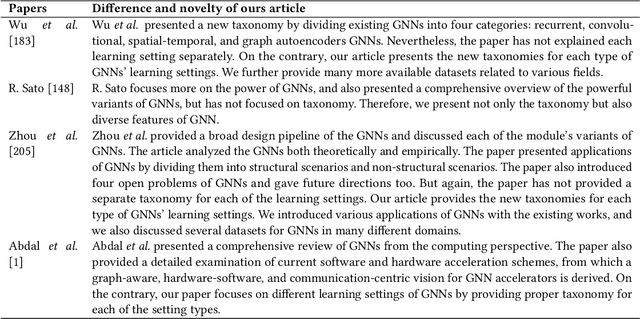
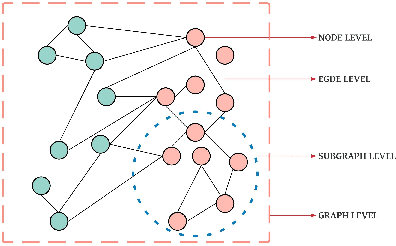
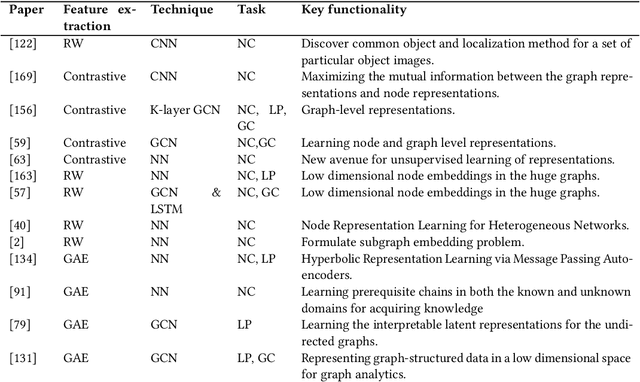
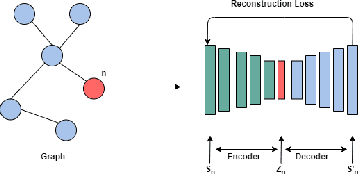
Abstract:In the last decade or so, we have witnessed deep learning reinvigorating the machine learning field. It has solved many problems in the domains of computer vision, speech recognition, natural language processing, and various other tasks with state-of-the-art performance. The data is generally represented in the Euclidean space in these domains. Various other domains conform to non-Euclidean space, for which graph is an ideal representation. Graphs are suitable for representing the dependencies and interrelationships between various entities. Traditionally, handcrafted features for graphs are incapable of providing the necessary inference for various tasks from this complex data representation. Recently, there is an emergence of employing various advances in deep learning to graph data-based tasks. This article provides a comprehensive survey of graph neural networks (GNNs) in each learning setting: supervised, unsupervised, semi-supervised, and self-supervised learning. Taxonomy of each graph based learning setting is provided with logical divisions of methods falling in the given learning setting. The approaches for each learning task are analyzed from both theoretical as well as empirical standpoints. Further, we provide general architecture guidelines for building GNNs. Various applications and benchmark datasets are also provided, along with open challenges still plaguing the general applicability of GNNs.
A Review on Edge Analytics: Issues, Challenges, Opportunities, Promises, Future Directions, and Applications
Jul 01, 2021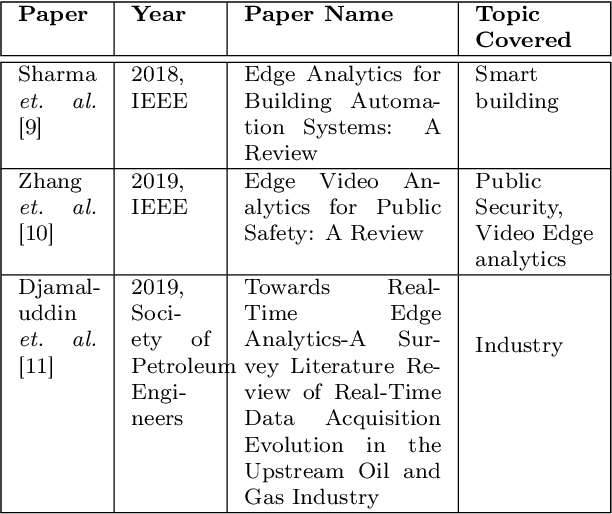
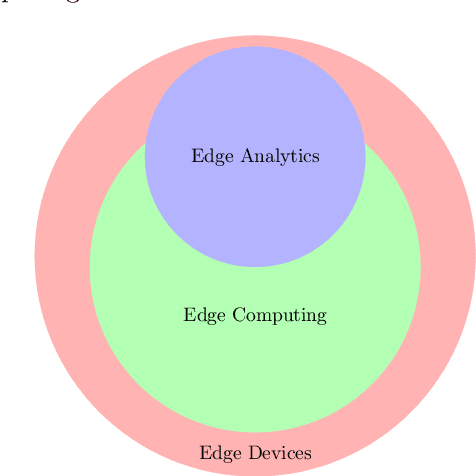
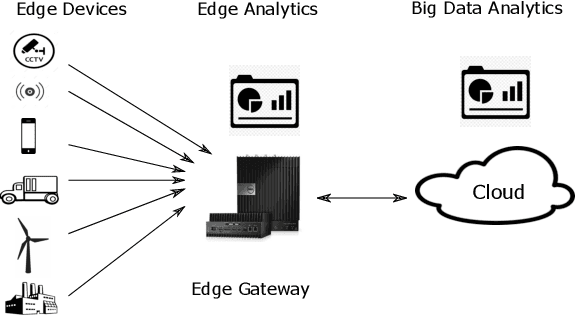
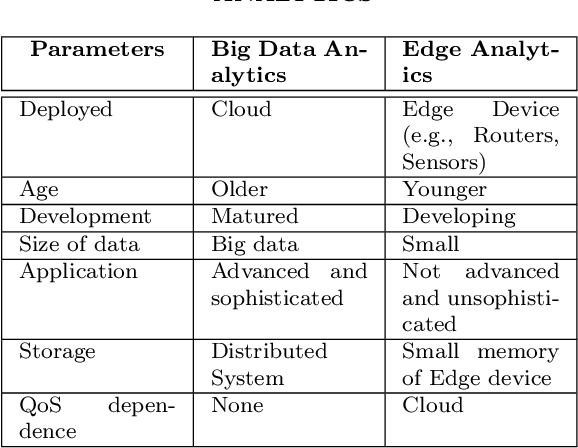
Abstract:Edge technology aims to bring Cloud resources (specifically, the compute, storage, and network) to the closed proximity of the Edge devices, i.e., smart devices where the data are produced and consumed. Embedding computing and application in Edge devices lead to emerging of two new concepts in Edge technology, namely, Edge computing and Edge analytics. Edge analytics uses some techniques or algorithms to analyze the data generated by the Edge devices. With the emerging of Edge analytics, the Edge devices have become a complete set. Currently, Edge analytics is unable to provide full support for the execution of the analytic techniques. The Edge devices cannot execute advanced and sophisticated analytic algorithms following various constraints such as limited power supply, small memory size, limited resources, etc. This article aims to provide a detailed discussion on Edge analytics. A clear explanation to distinguish between the three concepts of Edge technology, namely, Edge devices, Edge computing, and Edge analytics, along with their issues. Furthermore, the article discusses the implementation of Edge analytics to solve many problems in various areas such as retail, agriculture, industry, and healthcare. In addition, the research papers of the state-of-the-art edge analytics are rigorously reviewed in this article to explore the existing issues, emerging challenges, research opportunities and their directions, and applications.
 Add to Chrome
Add to Chrome Add to Firefox
Add to Firefox Add to Edge
Add to Edge